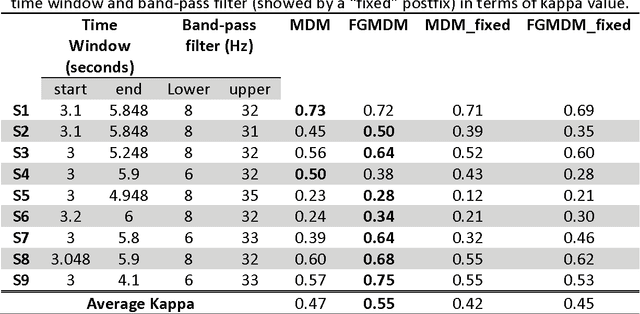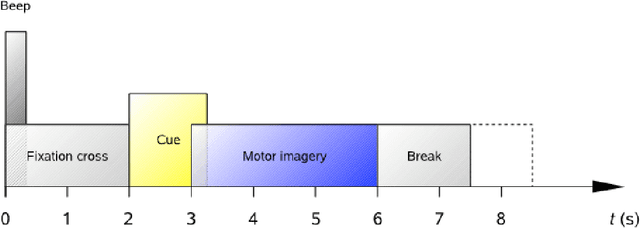Alireza Davoudi
High Accuracy Classification of White Blood Cells using TSLDA Classifier and Covariance Features
Jul 16, 2019



Abstract:creating automated processes in different areas of medical science with the application of engineering tools is a highly growing field over recent decades. In this context, many medical image processing and analyzing researchers use worthwhile methods in artificial intelligence, which can reduce necessary human power while increases accuracy of results. Among various medical images, blood microscopic images play a vital role in heart failure diagnosis, e.g., blood cancers. The prominent component in blood cancer diagnosis is white blood cells (WBCs) which due to its general characteristics in microscopic images sometimes make difficulties in recognition and classification tasks such as non-uniform colors/illuminances, different shapes, sizes, and textures. Moreover, overlapped WBCs in bone marrow images and neighboring to red blood cells are identified as reasons for errors in the classification task. In this paper, we have endeavored to segment various parts in medical images via Na\"ive Bayes clustering method and in next stage via TSLDA classifier, which is supplied by features acquired from covariance descriptor results in the accuracy of 98.02%. It seems that this result is delightful in WBCs recognition.
Dimensionality reduction based on Distance Preservation to Local Mean (DPLM) for SPD matrices and its application in BCI
Jul 29, 2016



Abstract:In this paper, we propose a nonlinear dimensionality reduction algorithm for the manifold of Symmetric Positive Definite (SPD) matrices that considers the geometry of SPD matrices and provides a low dimensional representation of the manifold with high class discrimination. The proposed algorithm, tries to preserve the local structure of the data by preserving distance to local mean (DPLM) and also provides an implicit projection matrix. DPLM is linear in terms of the number of training samples and may use the label information when they are available in order to performance improvement in classification tasks. We performed several experiments on the multi-class dataset IIa from BCI competition IV. The results show that our approach as dimensionality reduction technique - leads to superior results in comparison with other competitor in the related literature because of its robustness against outliers. The experiments confirm that the combination of DPLM with FGMDM as the classifier leads to the state of the art performance on this dataset.
 Add to Chrome
Add to Chrome Add to Firefox
Add to Firefox Add to Edge
Add to Edge